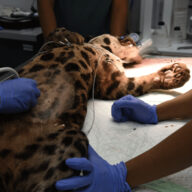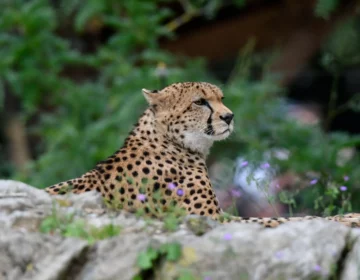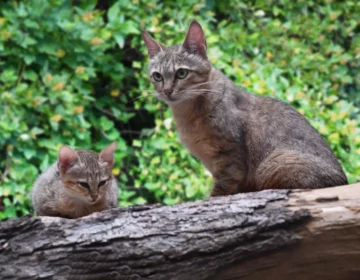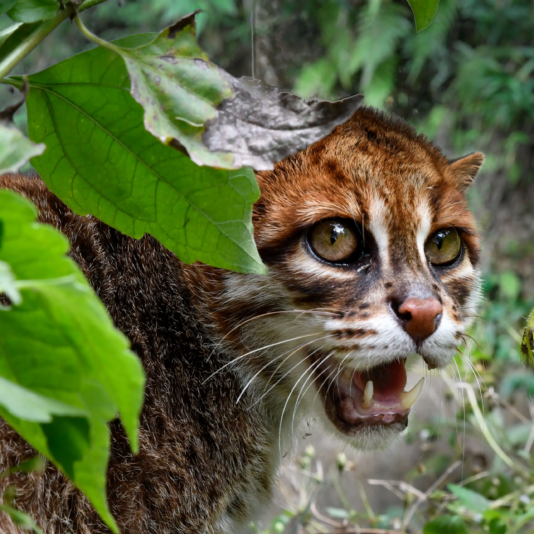
The flat-headed cat
Prionailurus planiceps
The flat-headed cat






APPEARANCE
The flat-headed cat is characterized by an elongated head and flattened forehead. Its ears are small, rounded, and well-set on the sides of the head. It has noticeably large, closely set eyes. The cat’s claws do not touch the ground when it walks but are always slightly extended from their sheaths. Its paws are long and narrow, with a well-developed Interdigital membrane between the toes. The pads are long and narrow. The teeth indicate some adaptation to a certain level of aquatic activity and a diet composed of fish. The more developed premolar is characteristic of mammals that hunt slippery prey because it provides a better grip.
Its tail is short. The underside of the tail is light-colored. The fur of the cougar cat is thick, long, and soft. It is reddish brown with a touch of gray. The top of the head is more red than the trunk. The hair is tipped in white, which gives the coat a silvery appearance. Its chin, muzzle, and belly are bright. The muzzle is paler than the body, and two distinct whitish streaks running down either side of the nose.
DISTRIBUTION AND HABITAT
The flat-headed cat is a species endemic to the Sunda region. It is found in Sumatra, Borneo, and the Malay Peninsula, which extends south to Thailand.
It lives in wetlands. It inhabits lowland tropical forests, swampy areas, marshes, near lakes, streams, and bogs.
BEHAVIOUR
Very little information exists on the ecology and behavior of the cougar cat. They are thought to lead a nocturnal and solitary lifestyle.
FOOD
The flat-headed cat is believed to feed mainly on fish and frogs, but may also eat small rodents such as mice and rats, crustaceans, birds, and fruit.
MAIN THREATS
The main threat is habitat loss and degradation, particularly from the expansion of oil palm plantations.
Bibliography
- Wilting, A., Brodie, J., Cheyne, S., Hearn, A., Lynam, A., Mathai, J., McCarthy, J., Meijaard, E., Mohamed, A., Ross, J., Sunarto, S. & Traeholt, C. 2015.
- Prionailurus planiceps. The IUCN Red List of Threatened Species 2015: e.T18148A50662095. https://dx.doi.org/10.2305/IUCN.UK.2015-2.RLTS.T18148A50662095.en. Accessed on 23 February 2024.
- Sunquist, M., F. Sunquist. 2002. Wild Cats of the World. Chicago: University of Chicago Press
